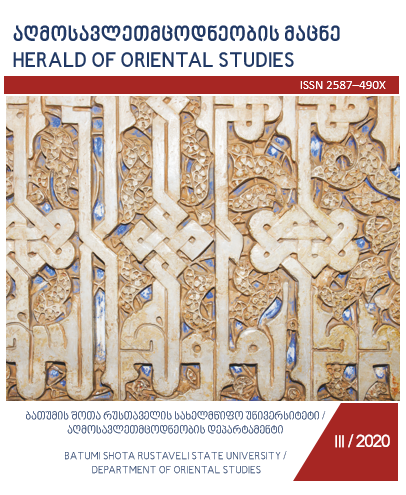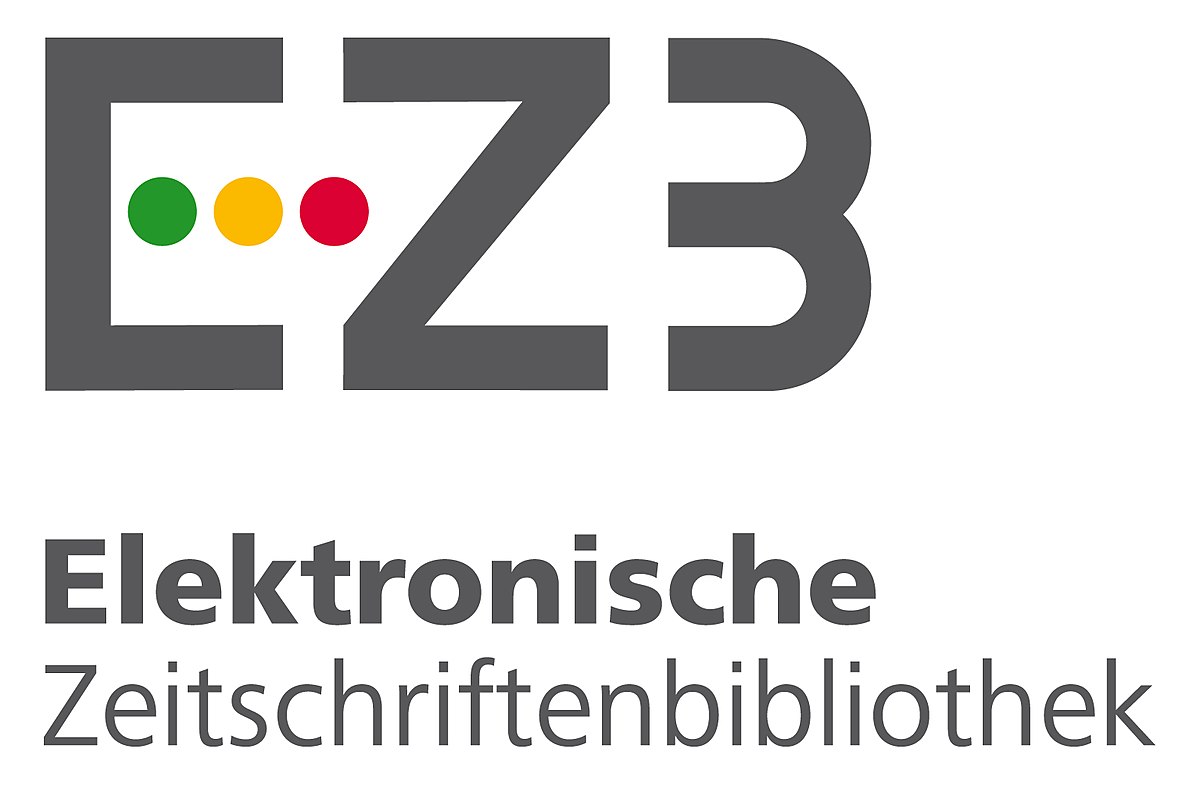U.S.-Taliban peace deal, successful move or the beginning of the new challenges?
DOI:
https://doi.org/10.61671/hos.3.2020.2752Keywords:
Taliban, Afghanistan, United States of AmericaAbstract
The article begins with a short description of details of the U.S.-Taliban peace deal. Separately is discussed the short story of the U.S. -Taliban relations from the mid of 1990-ies, till 2020; with the main reasons, how as Al-Qaeda and Taliban were formed in Afghanistan.
Recently, the main part is devoted to understand influence of internal actors-Al-Qaeda, Taliban, Haqqani network, on the future political life of Afghanistan. And the Relations between listed movements, beyond the U.S.-Taliban peace agreement. Also, the main part examines the expectations of analysts and international organizations about the Taliban and Al-Qaeda's future behavior.
The final section covers the influence of external actors and interests of the regional key players on the country. In particular, TAPI-Turkmenistan, Afghanistan, Pakistan, India gas pipeline. The main focus in on perspectives of the involvement and participation not only above listed countries, but also China, Iran, Turkey and Russia and expectable consequences in the aftermath of Taliban-Al-Qaeda, Taliban-Iran, Russia-U.S., India-Pakistan, Turkmenistan-China, Turkey-Pakistan relations. And finally what kind of soil can prepare factionalized Afghan society for regional and international key players.
Downloads
Downloads
Published
How to Cite
Issue
Section
License
Copyright (c) 2020 Simon Gureshidze

This work is licensed under a Creative Commons Attribution-ShareAlike 4.0 International License.



































